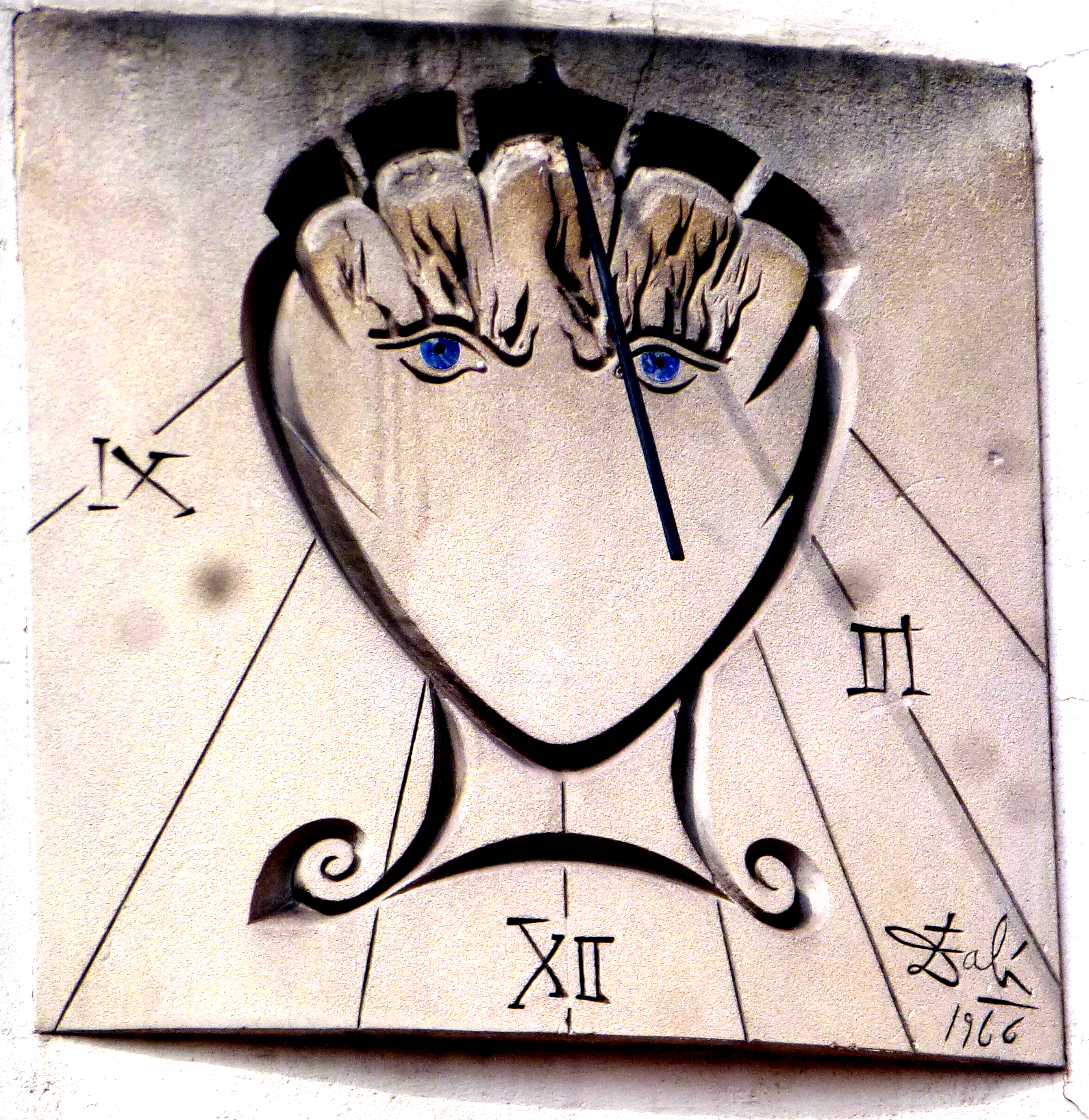In Model 3 of Table 3 , I test the hypothesis that socioeconomic status affects the mortality differentials by the age gap to the spouse. This model includes measures of the target person’s highest educational degree and wealth as well as the variables already included in Model 2. The results show that both socioeconomic variables are important predictors of survival differences. For men, adding these measures to the model reduces the relative risk of dying when they are younger than their wives, but it increases the survival advantage when they are older than their wives. For women, adding measures of socioeconomic status has virtually no impact when they are younger than their husbands but slightly increases the chance of dying when they are older than their husbands. In results not shown here, I tested another model that included an interaction between the socioeconomic variables and the age gap to the spouse. One of the combinations was statistically significant (at the .01 level): men with high wealth and who are older than their wives experienced a significantly elevated risk of dying of about 5%. All remaining combinations between the variables were not statistically significant (at the .01 level).
The sex differences could indicate that health selection is weaker in women
Finally, I investigate the effect of the remaining variables residential area, citizenship, and highest achieved education of the spouse, which are introduced into the analysis in Model 4 of Table 3 . In this model, I wanted to test the assumption that cultural differences and social norms-represented by the two variables residential area and citizenship-account for some of the differences in the hazard of mortality by the age gap to the spouse. Again, comparing the relative risk by age gap to the spouse in Model 4 with the relative risk by age gap to the spouse in Model 3 reveals differences by sex. For men, the hazard of mortality increases when they are younger than their wives and decreases further when they are older than their wives. In contrast, the hazard of mortality for women does not change for women who are younger than their husbands but decreases considerably for women who are older than their husbands.
DISCUSSION
The present study addresses an underdeveloped research area. Using Danish population data, I used hazard regression methods to exploit 15 years of age-specific data to investigate the effect of the age difference between the spouses on the individual’s survival. I showed for the first time that survival differences by age gap to the partner hookup sites Windsor are not limited to extreme cases but are statistically significant for small age differences. Individuals who are about one to three years older than their spouses have a significantly different survival rate than individuals who are up to one year older or younger than their spouses.
My hypothesis that the effect would be the same in men and women receives no support from these analyses. My results suggest that having a younger spouse is beneficial for men but detrimental for women. It also shows that controlling for additional covariates affects the pattern for men substantially, while it has very little effect for women. The selection hypothesis argues that healthier individuals are able to attract younger partners. Therefore, married people who are older than their spouses should experience a lower mortality. It was also proposed in the literature that a younger spouse is somehow beneficial in terms of health care support as well as in some positive psychological and sociological ways. Both arguments should hold for both sexes similarly. Women are much less likely to marry a younger husband, which suggests that exceptionally healthy women are less able than their male counterparts to attract a younger partner. However, future analysis should include health indicators to investigate the pathway of a possible health selection in more detail.

